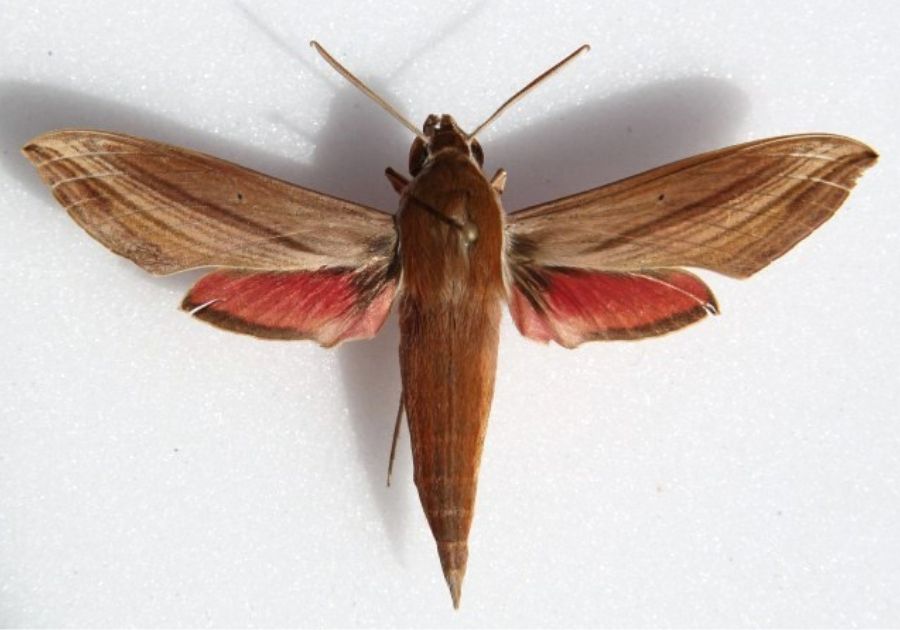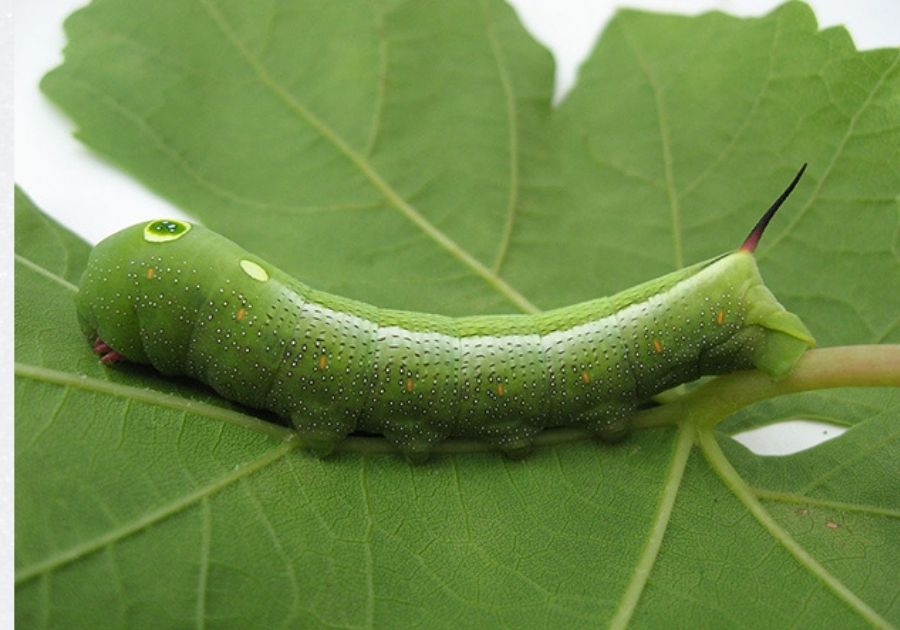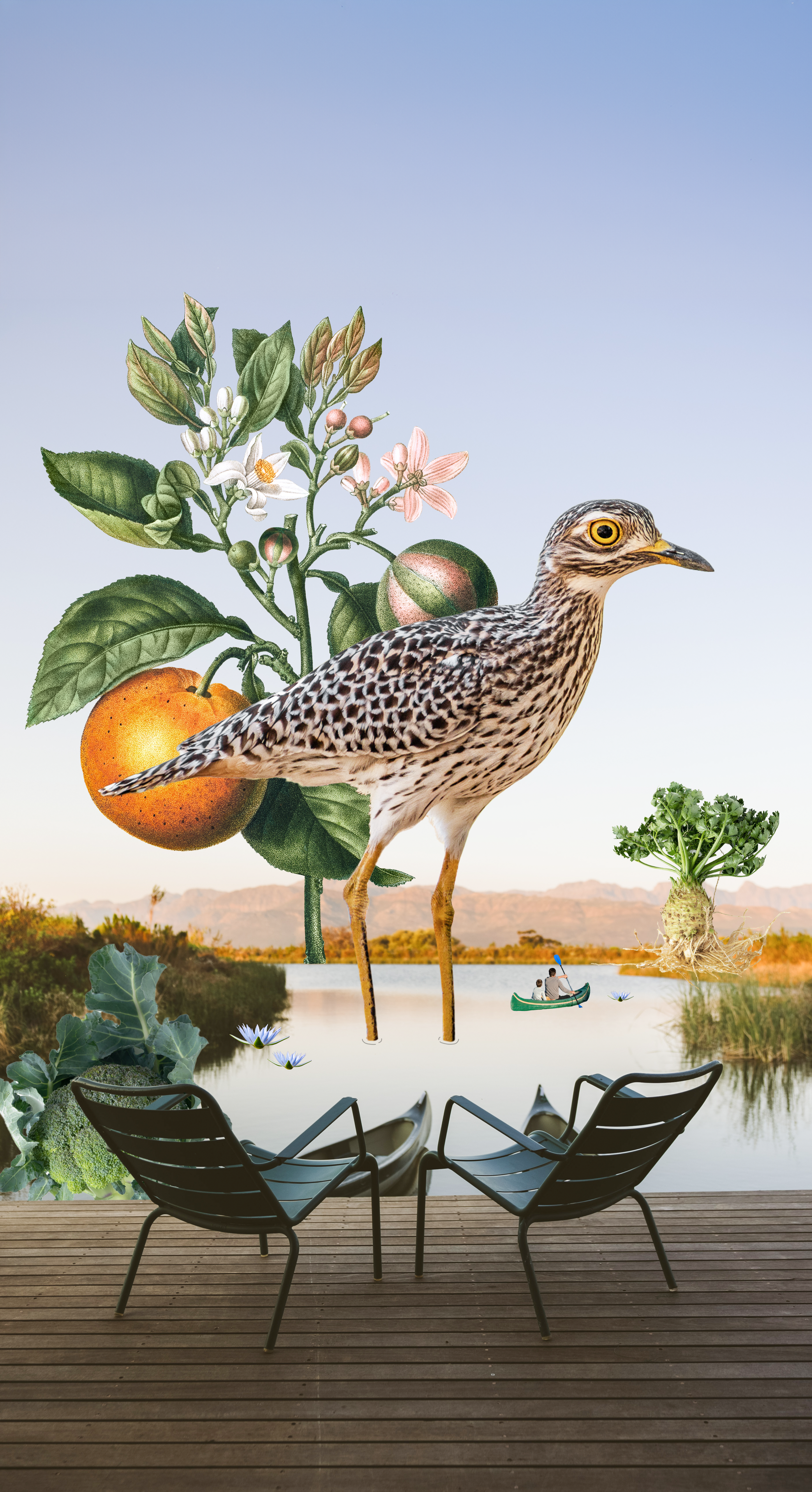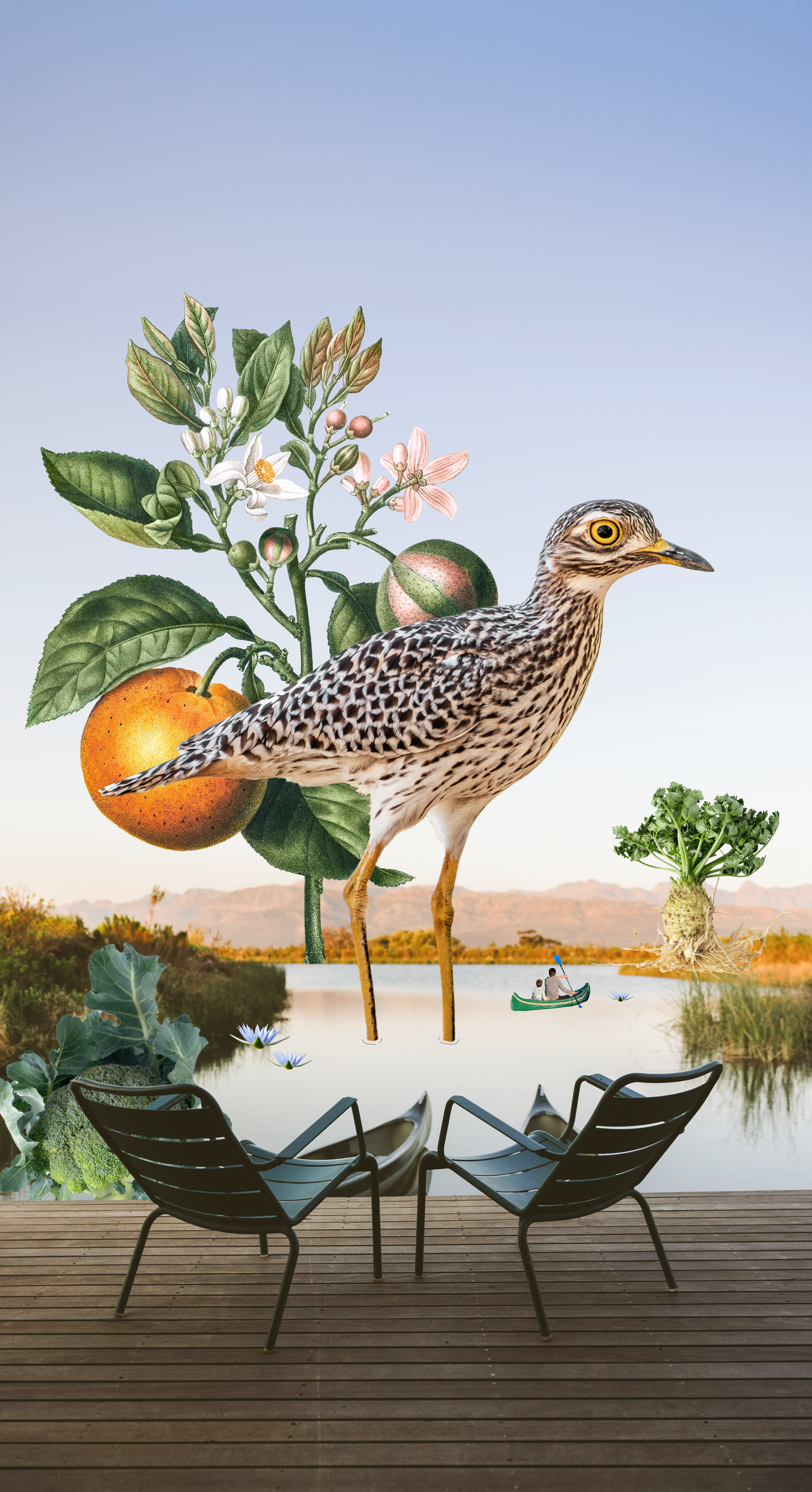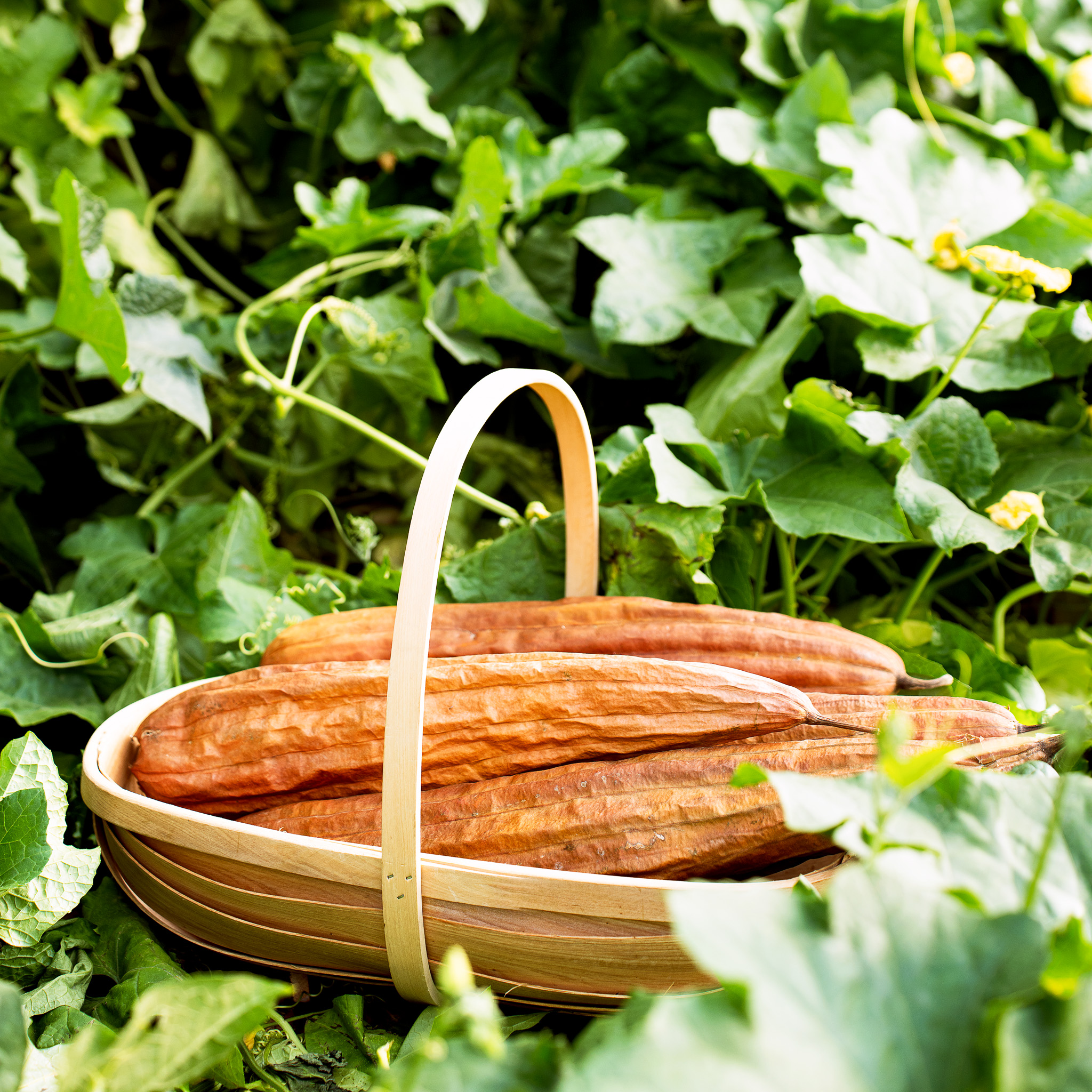Bugs: The good, the bad & the ugly
April 11th, 2017Some bugs are good for our gardens, some bad, says resident bug expert Arné Stander.
Some six-legged creatures are vital when it comes to decomposing, pollination, seed dispersal, serving as a food source for insectivores and maintaining plant and animal community structures. Next time you get your hands dirty in the garden, keep an eye out for helpful bugs that act as pollinators, biocontrol agents, pest controllers and recyclers. These include among many others hoverfly, green lacewing, Adonis ladybird, green mantis and – believe it or not – the much-maligned common cockroach. In the garden, we offer these visitors the royal treatment, with various room options in our insect hotel.
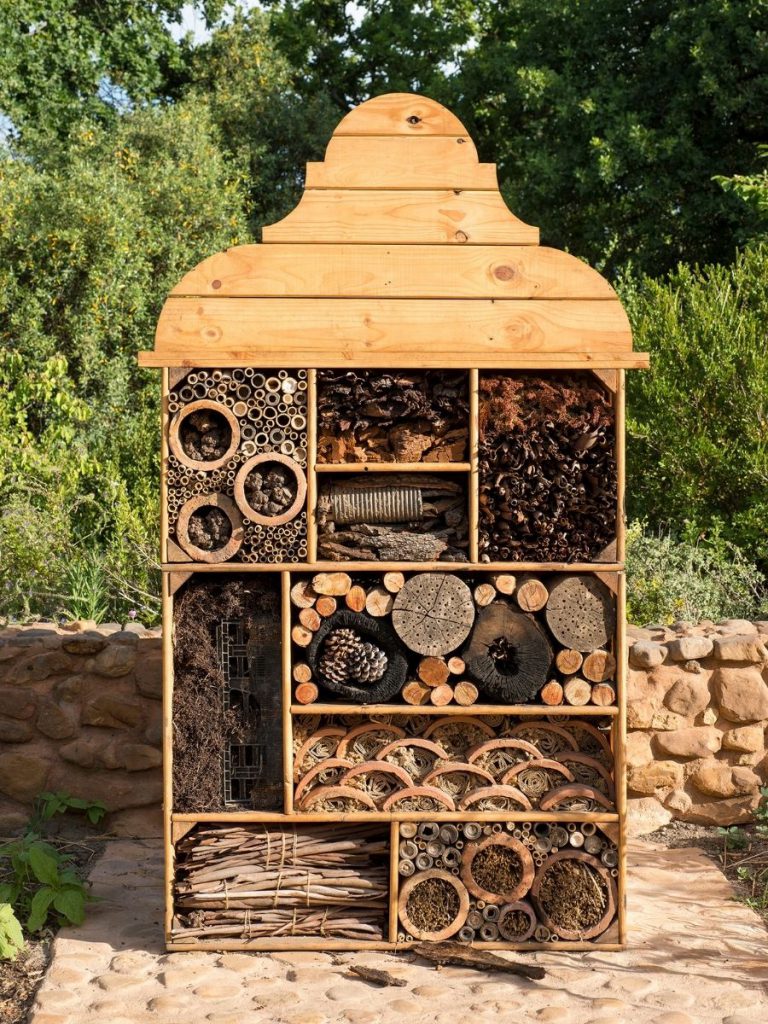
The presence of problem insects on your plants is cause for alarm only when they overpopulate and cause severe damage. Reaching for insecticide might solve the problem temporarily, but will also affect insects that are beneficial to your garden. Rather than using harmful chemicals, problem insects can be dealt with by relying on more natural methods. Keeping a close watch on bug life is a good starting point in preventing damage to your plants. Here’s a list of some of the most commonly found garden trespassers.
Fig tree borer
These beetles target the soft stems of the domestic fig, Ficus carica, the exotic weeping willow, Salix babylonica, the Cape willow, Salix mucronata, and occasionally peach and pear trees. Larvae bore their way into the trunk, which weakens the tree.
Natural control methods
Protect the trunks of your fig trees with gauze mesh to prevent fig tree borers from laying eggs on the trunk. Learn more here.
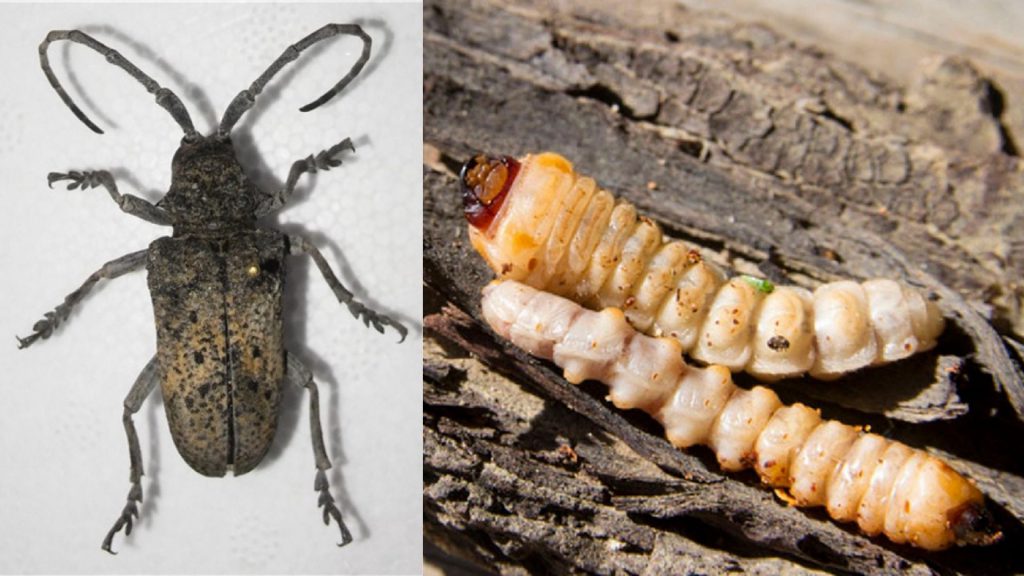
Cabbage white butterfly
The cabbage white butterfly is a beautiful little creature, but if spotted in your veggie patch, it’s bad news for cabbages, as these insects spend their days feasting on Brussels sprouts, cauliflower, kohlrabi and turnip.
Natural control methods
- Cover cabbage crops with netting to prevent cabbage white butterflies from laying eggs.
- Plant nasturtiums close to your cabbage. These will act as hosts and give you an indication of when your cabbage crops need examination.
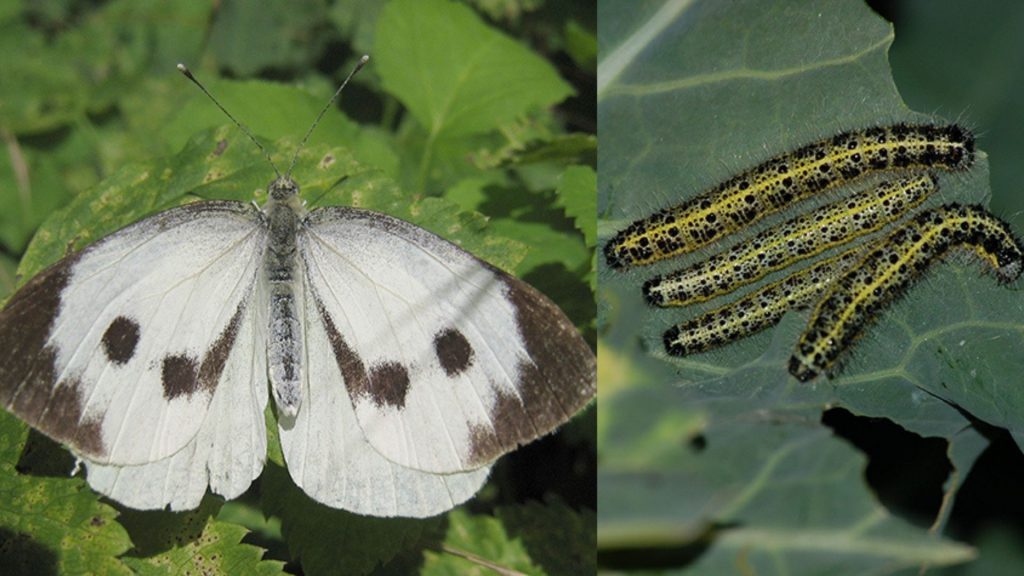
Rose chafer
Commonly found during spring when roses are in bloom, they cause irregular holes by chewing through the fleshy petals. Larvae develop in manure, compost heaps and along plant roots, they pupate in hard oval clay shells and emerge as adult chafers. Adults feed on flowers, especially roses and camellias, as well as proteas, carnations, dahlias and fruit.
Natural control methods
The rose chafer beetle can be controlled with contact insecticides like carbamate or synthetic pyrethroid. However, this is not environmentally friendly, so it’s better to hand-pick the beetles from the host plants or to rely on natural predators like birds.
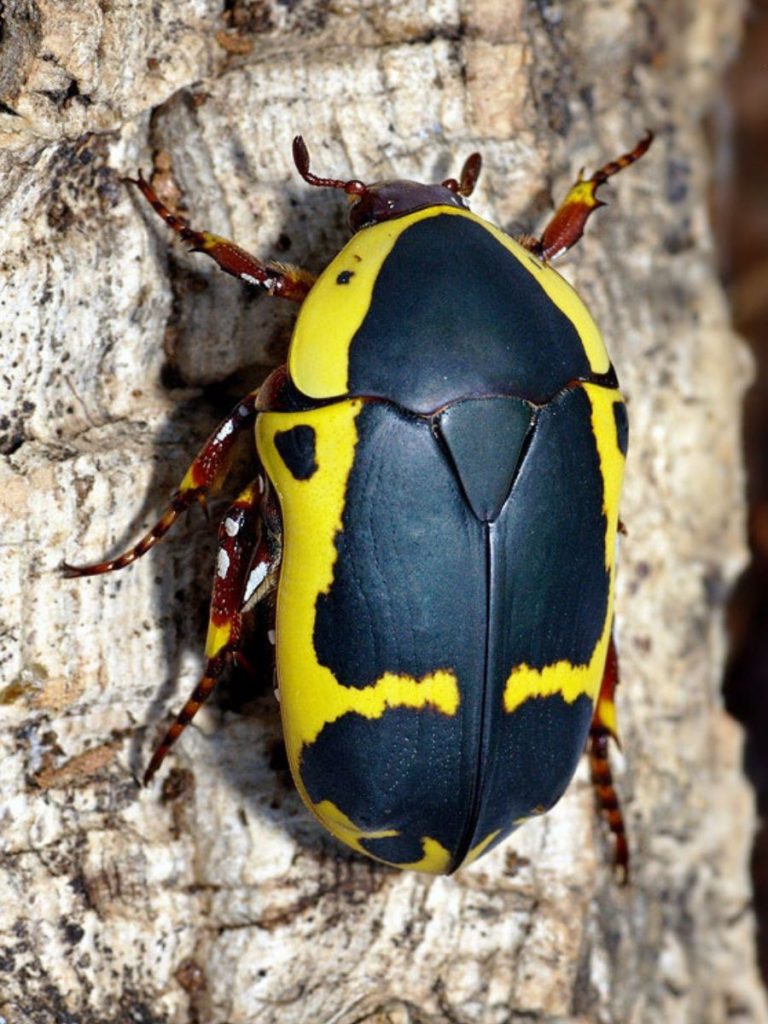
Arum hawk moth
The larvae target many indigenous and exotic plants, especially arum lilies. Other plants include species of Rhoicissus and Impatiens. Keep a lookout for arum hawk moth larvae on the underside of these plants.
Natural control methods
Can be controlled with insecticides, but they do not feed in large numbers, so can be ignored where only a few larvae occur. Rather inspect the underside of the plant’s leaves and remove them by hand.
Large black tip wilter
Research has shown that more than 100 host plant species are targeted by these bugs. They favour legumes, tomatoes, potatoes, eggplants, and many ornamental plants. The saliva injected into plant tissue during feeding causes the entire growth point to wilt. Young trees in periods of growth flush are mostly targeted.
Natural control methods
Can be removed by hand, although it is difficult as they are very aware of their surroundings and will buzz off when approached. When numerous wilters are visible on a single plant, they can be dislodged into a container filled with soapy water. Adults overwinter under old discarded plants, so it is advisable to burn or bury plant rests.
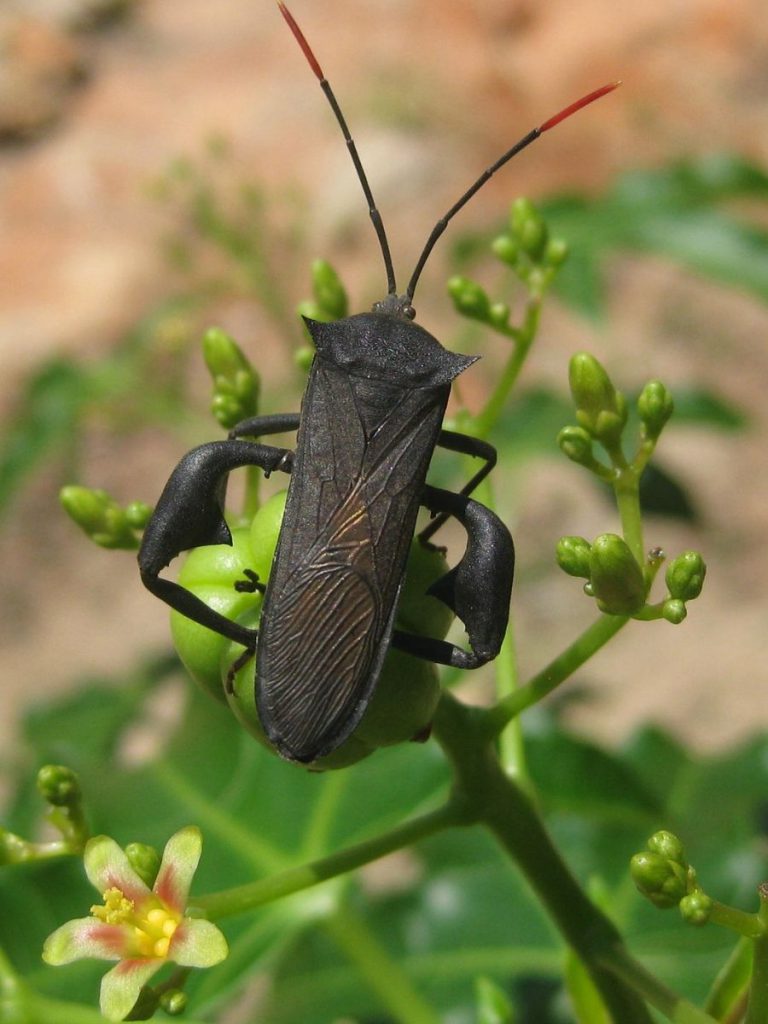
Photo credits – fig borer: Arné Stander, fig borer larvae: The Gardening Blog, all other images from Wikipedia
